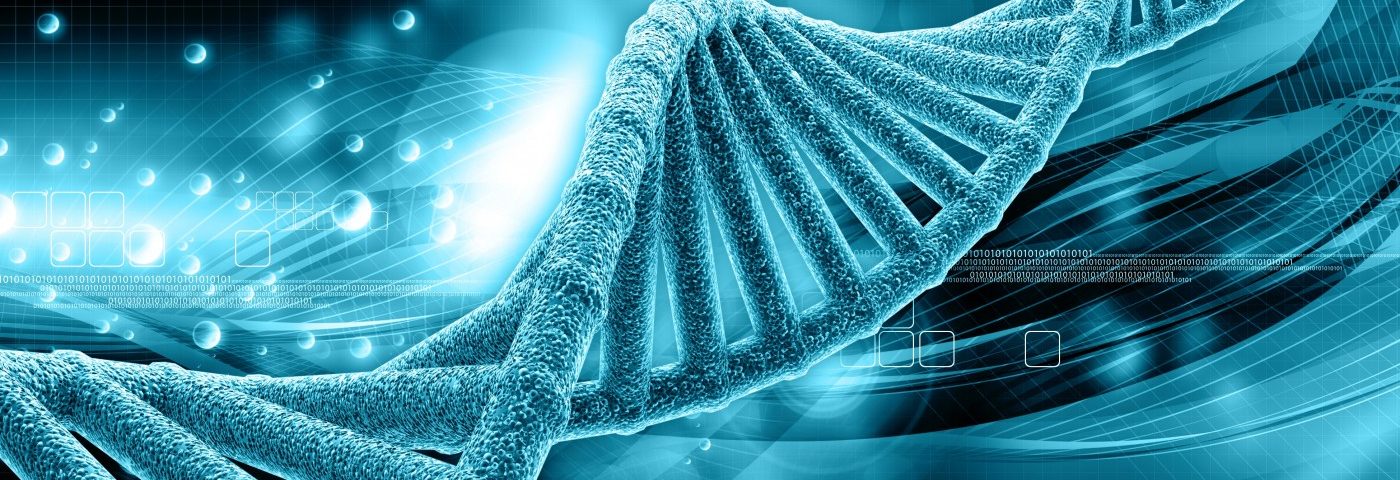Low levels of harmful bacteria can be detected in a new desktop diagnosis tool, with results available within hours rather than days as in current culture growth procedures, according to a study from researchers at the University of California San Diego (UCSD).
For the first time, researchers used a method called high-resolution melting (HRM) on bacterial DNA in 20,000 simultaneous small reactions containing only 20 picoliter samples — according to a USCD news release, “a scale that is hard to picture: one drop of rain contains hundreds of thousands of picoliters.”
The study, “Massively parallel digital high resolution melt for rapid and absolutely quantitative sequence profiling,” was published in the journal Scientific Reports.
“Analyzing this many reactions at the same time at this small a scale had never been attempted before,” said lead investigator Stephanie Fraley. “Most molecular tests look at DNA on a much larger scale and look for just one type of bacteria at a time. We analyze all the bacteria in a sample. This is a much more holistic approach.”
Researchers infected normal blood samples with Listeria monocytogenes (a food-borne bacterium) and Streptococcus pneumoniae, which causes numerous infections, including pneumonia and meningitis.
The diagnosis process begins with placing DNA from those blood samples on a digital chip and adding a mixture of specific chemicals in order to multiply the DNA molecules. The samples are then analyzed in a unique, high-throughput microscope designed by the team.
Incremental temperature increases are applied to melt the DNA. During melting, the DNA bonds break, and each exhibit individual properties or different strengths that appear differently under the microscope with the help of a specific dye. When using fluorescent dyes to indicate specific reactions, the melting or unwinding processes create a unique “fingerprint” or signature. Each type of DNA has a specific signature.
Based on this technique, researchers were able to generate DNA “melting curves” specific for different bacteria. These curves were analyzed through a machine-learning algorithm developed by the team.
In previous work, the team looked at 37 different types of bacteria which underwent different reactions in different conditions, and showed that the algorithm they developed had a 99 percent accuracy in bacterial identification compared to an error rate of up to 22.6 percent in traditional methods.
The next goal of the team is to shrink the size of the system, add the capability to detect fungal and viral pathogens, and to detect antibiotic resistance. Researchers also plan to validate their results with patient samples.
“This has the potential to reach people near or at the point of care,” Fraley said. “With further improvements, it could also be deployed in low-resources settings. It’s a simple and innovative approach.”
Fraley hopes this diagnosis system will be available to physicians in the next five years.


